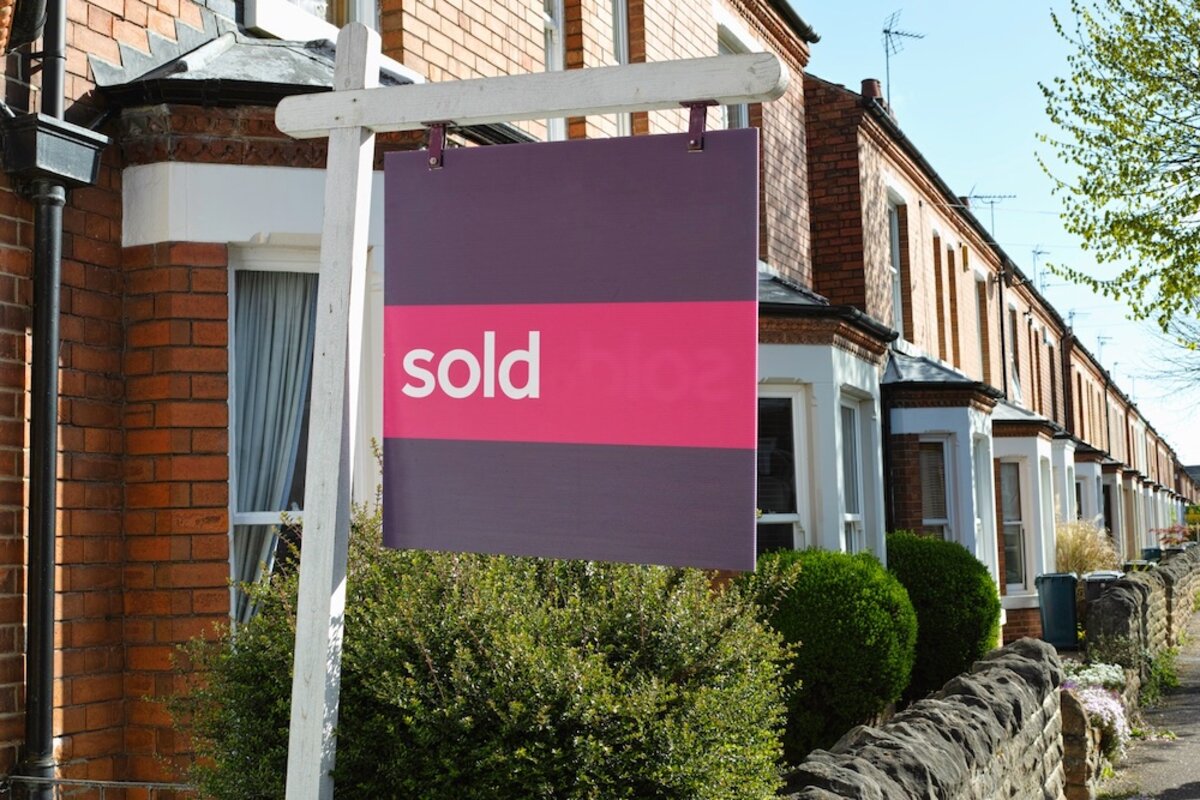Impact of a Big Stamp Duty Cut
Written on 7 July 2020 by

The report in yesterday's Times that the Chancellor will tomorrow increase the nil rate SDLT (Stamp Duty Land Tax) band to £500,000 for a limited period - probably a year - for all residential purchasers has major implications for the property market, assuming of course the report is broadly correct.
In the current situation tinkering with SDLT would have had little impact, but so bold a move by Rishi Sunak such as indicated is exactly what is required to make a meaningful difference.
Such a significant SDLT saving - with a large majority of purchasers having to pay nothing -will provide a major stimulus to activity in the housing market, particularly for movers. It will obviously encourage buyers in general, however in particular those who have considered moving as their housing priorities changed following more homeworking but baulked at the high cost because of SDLT.
In the very short term some prices will increase modestly to reflect the reduced purchase costs, but more importantly this bold move from the Chancellor reduces the risk of significant price falls later in the year as redundancies are likely to increase in number.
It could also reduce the number of redundancies in the wider economy due to the increased economic activity and spending attributed to moving house. Hence in addition to reducing benefit payments it will increase PAYE and NI receipts as well as VAT revenues as people spend several thousand pounds on VAT-able goods and services when they buy a home.
Before the Chancellor considers reversing this cut it will be important to carry out a robust analysis of its overall impact on taxes, assessing whether the additional economic activity generated at least compensates for the reduction in SDLT.
In 2019/20 SDLT receipts were £11.601bn, of which £8.386bn was for residential transactions. In Q1 2020 only 16% of Liable Residential Transactions - i.e. excluding those already benefiting from the nil rate band - were on properties with a value in excess of £500,000. Thus 84% of purchasers who would have paid SDLT will now be taken out of the SDLT net but, as the SDLT percentage is far higher on high value properties, receipts will suffer by a much smaller percentage.
A further benefit of the cut is that the property market will become more liquid as more people decide to move and so put their homes on the market, therefore making it easier to complete chains. As a direct consequence this will generate an increased amount of SDLT as there will be more sales in excess of £500,000.
The increased confidence this SDLT cut will instil in the property market should reduce lenders’ concerns about price falls and thus help to encourage more lenders to offer 90% - and in time even 95% - LTV mortgages so that those with just a 5% deposit have options other than family help deals and Help to Buy.
As housing matters are devolved to the Scottish and Welsh Governments, Rishi Sunak’s bold move throws down the gauntlet to their finance ministers. Homebuyers in both countries will be expecting their nil rate bands to be increased, albeit not necessarily to the same level, and so completions are likely to be delayed where possible until their positions are clarified.
Categories:Property Market, Ray Boulger
The blog postings on this site solely reflect the personal views of the authors and do not necessarily represent the views, positions, strategies or opinions of John Charcol. All comments are made in good faith, and neither Charcol Limited nor Ray Boulger will accept liability for them.
